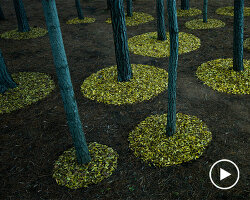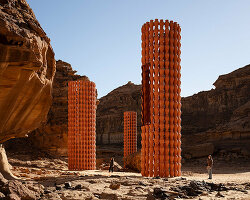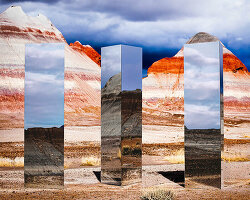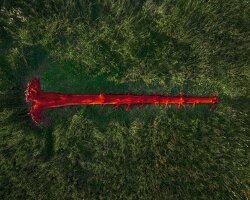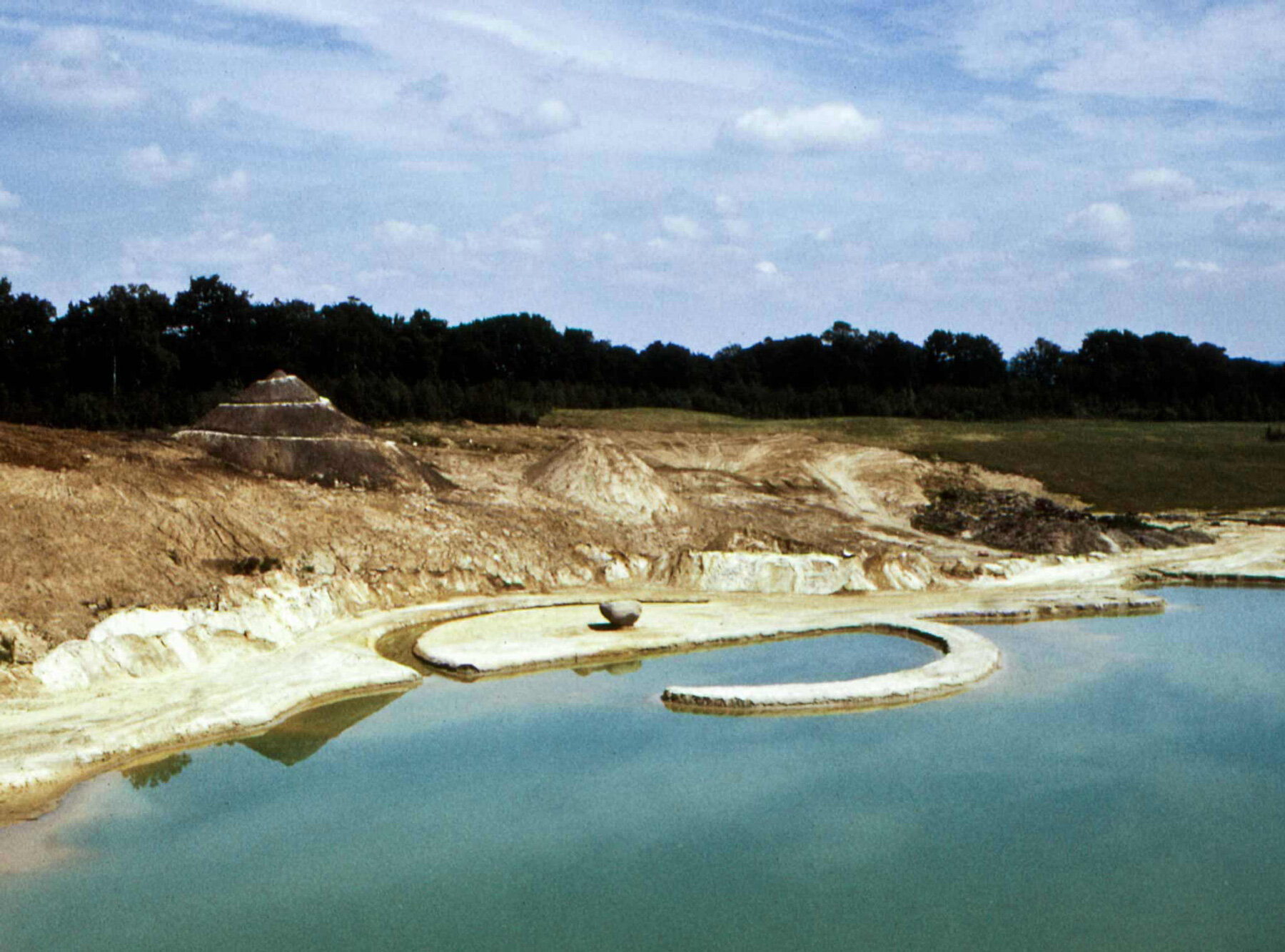
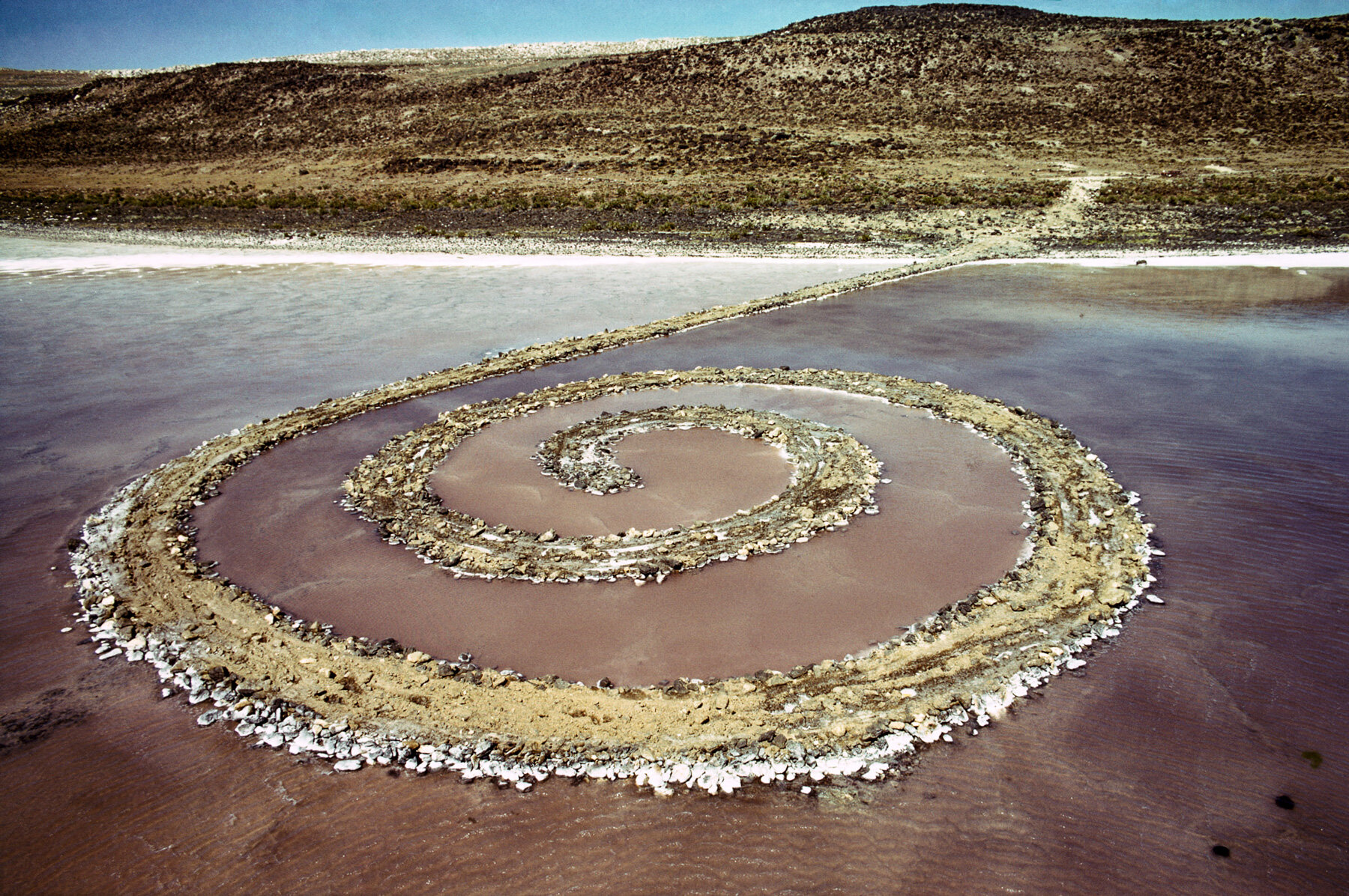
robert smithson, ‘spiral jetty’, 1970 | image by gianfranco gorgoni
KEEP UP WITH OUR DAILY AND WEEKLY NEWSLETTERS
PRODUCT LIBRARY
with behemoth installations, scandinavia's largest exhibition of anish kapoor's works opens at ARKEN museum.
connections: +390
we're getting ready for the pre-opening launching today until friday, with public access scheduled for the 20th.
connections: 13
designboom speaks with french artist JR about la nascita, his new monumental rock installation just outside milan central station.
the 'poet of iron', as dubbed by his colleagues, passed away at his home in orient, new york, after a battle with pneumonia.
connections: +110
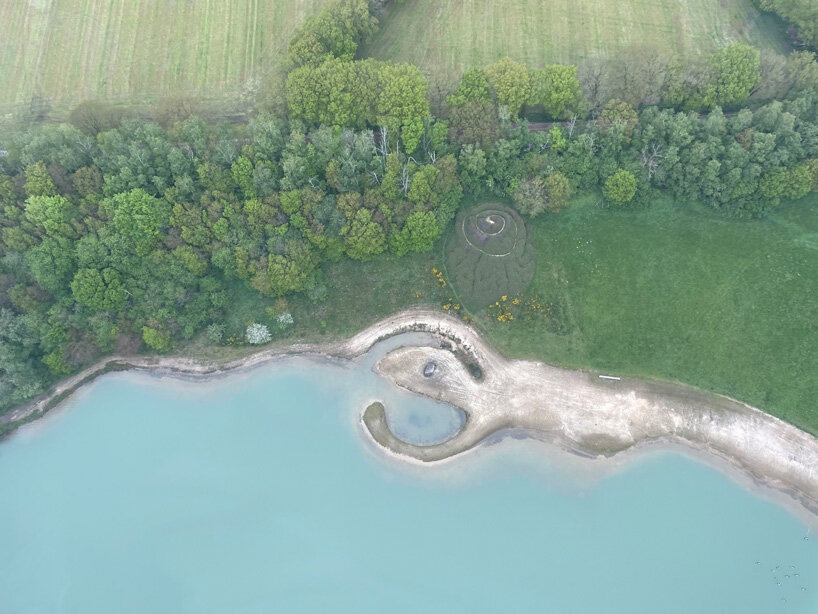 ‘broken circle/spiral hill’, courtesy of land art contemporary and holt/smithson foundation (also header image)
‘broken circle/spiral hill’, courtesy of land art contemporary and holt/smithson foundation (also header image)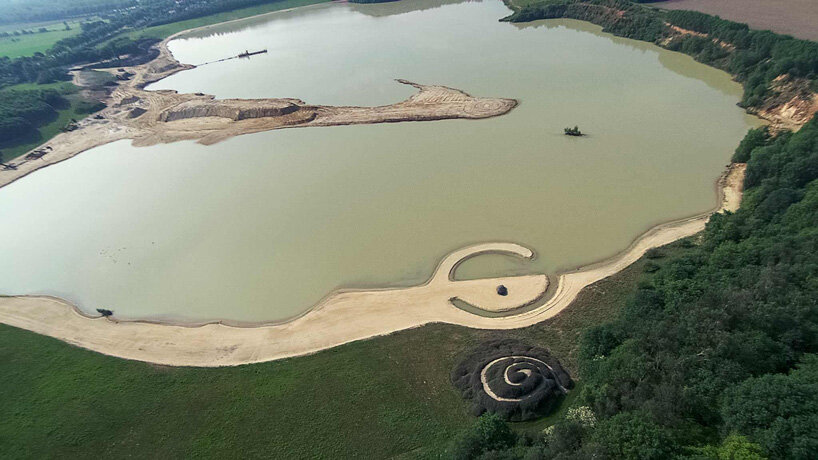 still from nancy holt and robert smithson, breaking ground: broken circle/spiral hill (1971-2011) © holt/smithson foundation/ licensed by VAGA at ARS
still from nancy holt and robert smithson, breaking ground: broken circle/spiral hill (1971-2011) © holt/smithson foundation/ licensed by VAGA at ARS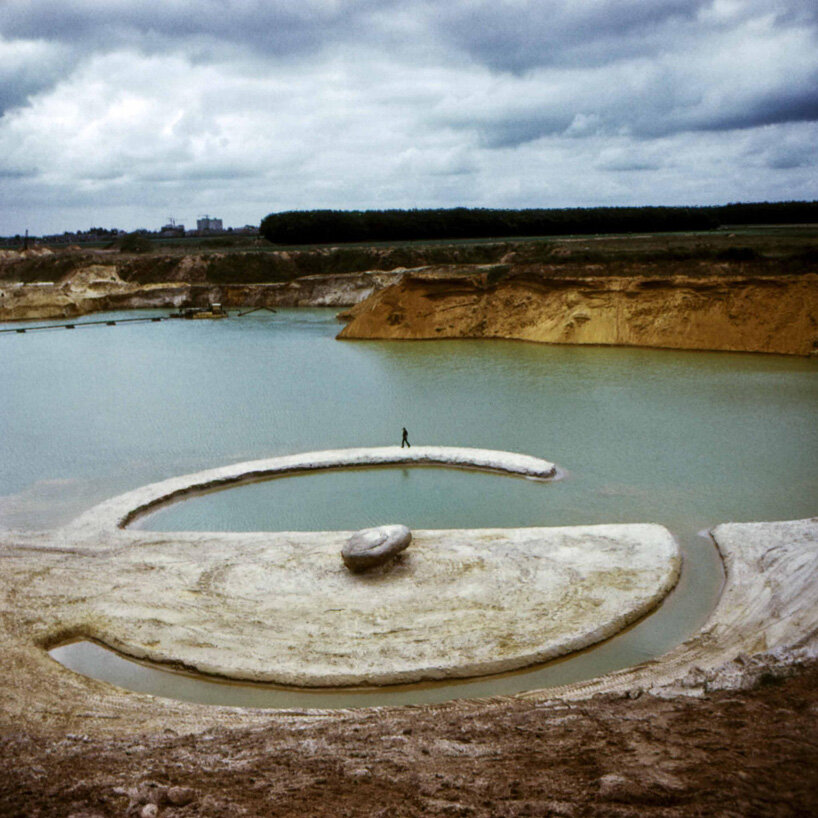 ‘broken circle’ shortly after completion in 1971
‘broken circle’ shortly after completion in 1971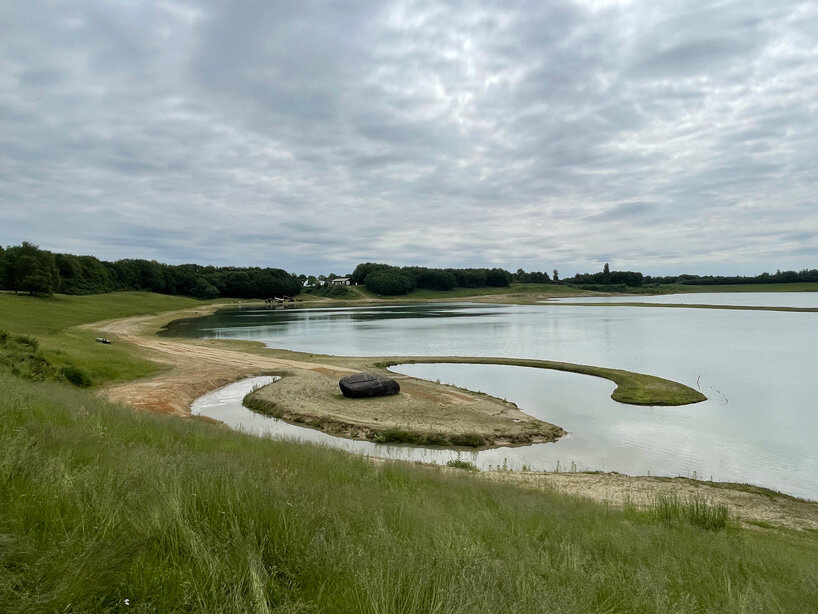 ‘broken circle/spiral hill’, courtesy of land art contemporary and holt/smithson foundation
‘broken circle/spiral hill’, courtesy of land art contemporary and holt/smithson foundation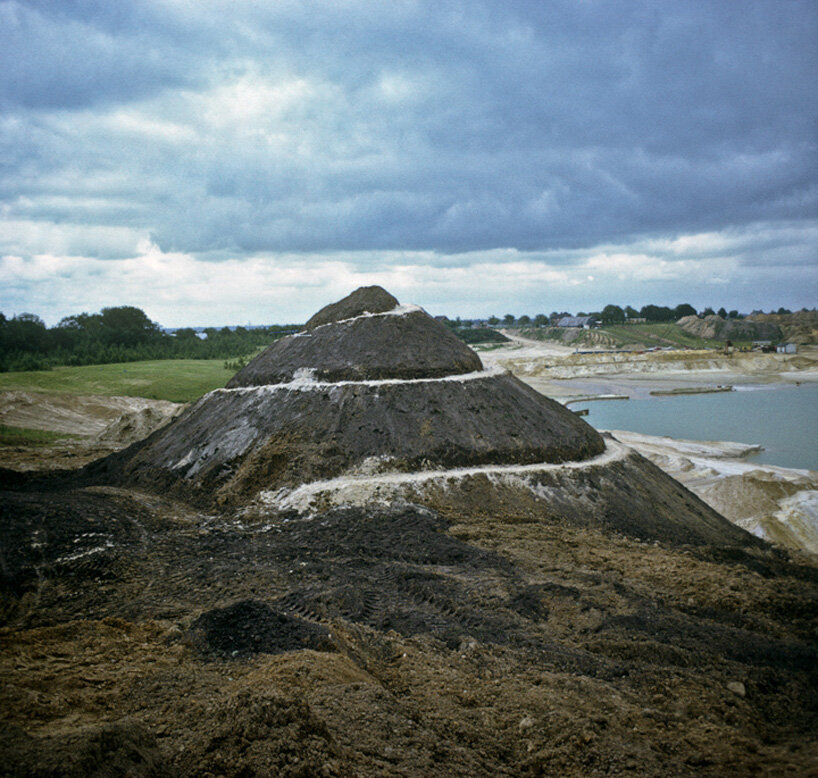 ‘broken circle/spiral hill’, courtesy of land art contemporary, merjin vrij and holt/smithson foundation
‘broken circle/spiral hill’, courtesy of land art contemporary, merjin vrij and holt/smithson foundation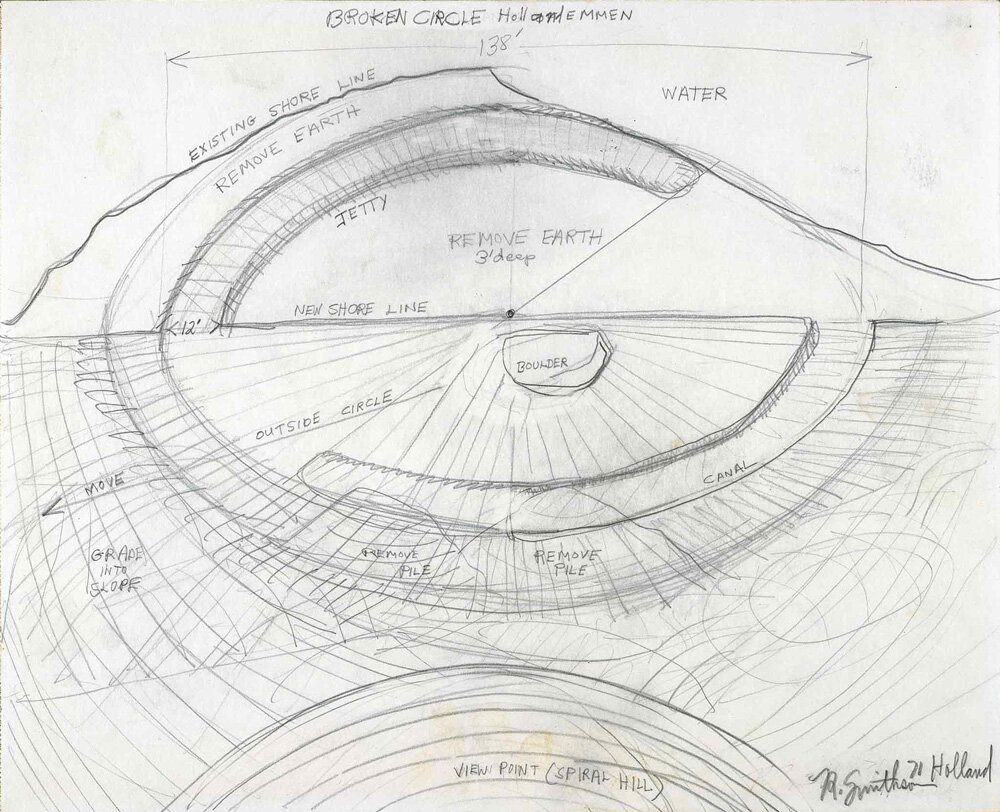 ‘broken circle/spiral hill’ drawing
‘broken circle/spiral hill’ drawing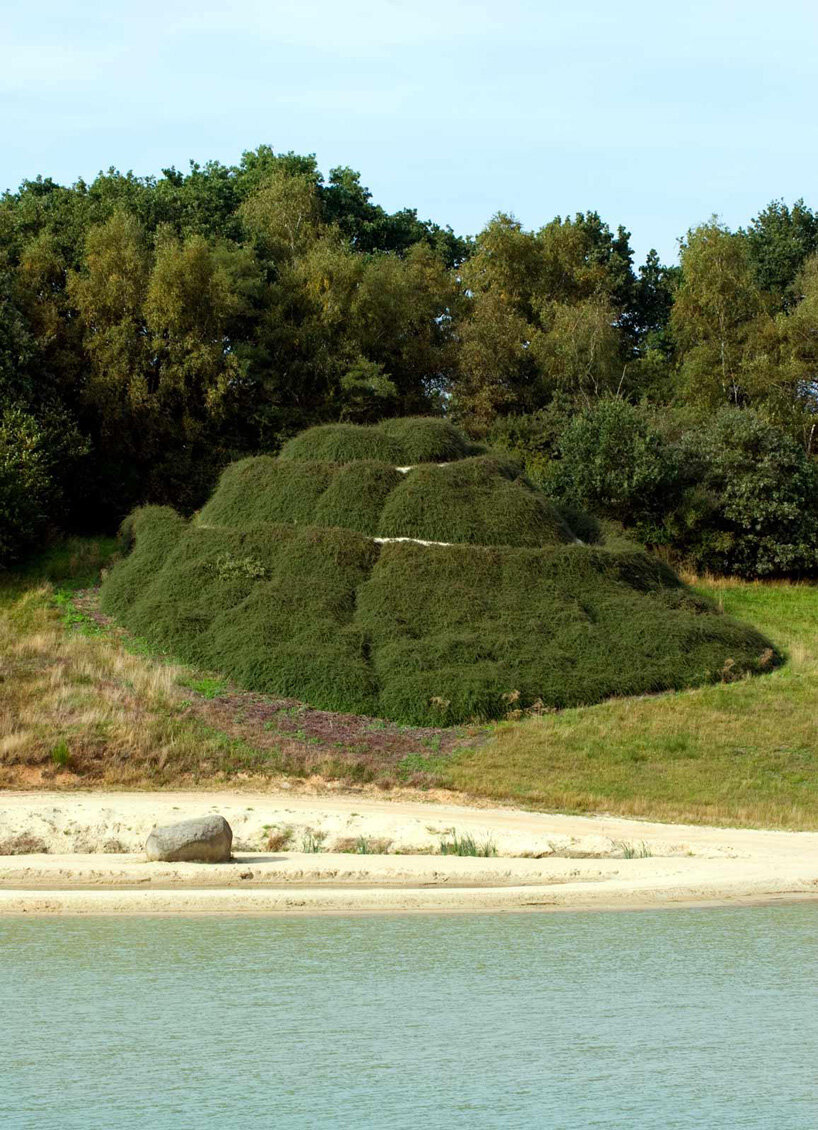 a photograph of spiral hill in 2011
a photograph of spiral hill in 2011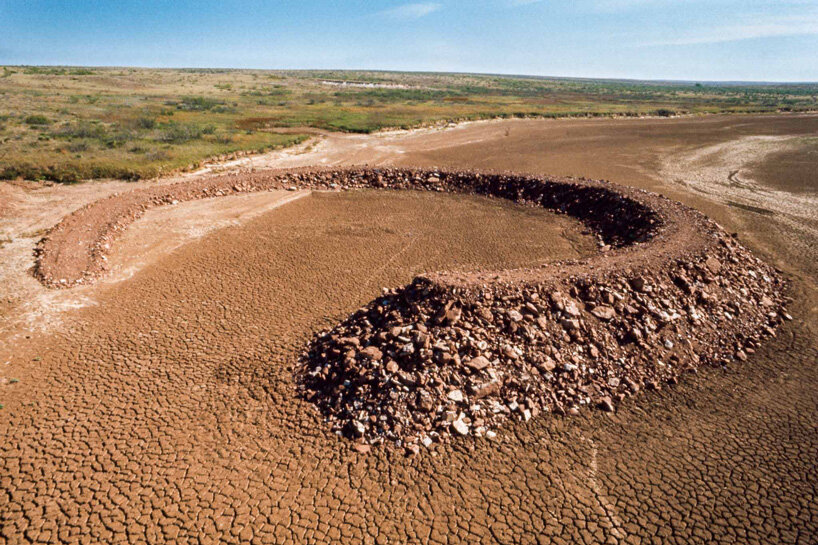 robert smithson, ‘amarillo ramp’ (1973)
robert smithson, ‘amarillo ramp’ (1973)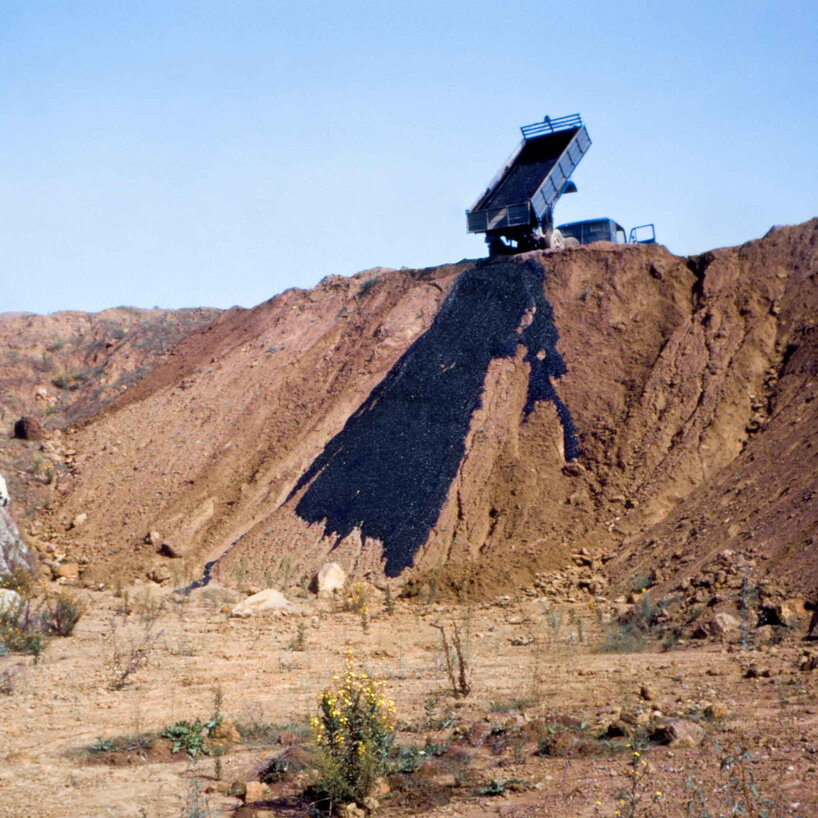 robert smithson, asphalt rundown (1969)
robert smithson, asphalt rundown (1969)
